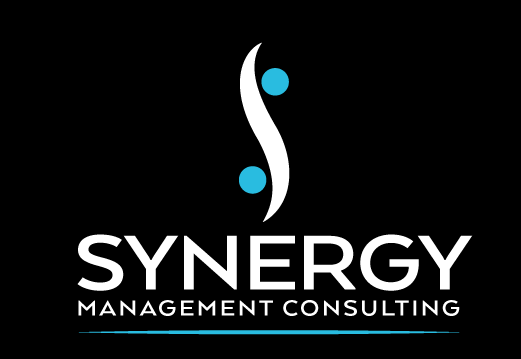
Identify Key ESG Issues
Identifying key ESG (environmental, social, and governance) issues is an important step in developing an effective ESG strategy. ESG issues are topics or areas of concern that relate to a company’s environmental, social, and governance practices. These issues can have a significant impact on a company’s operations and reputation, and addressing them is crucial for sustainability and social responsibility.
There are many potential ESG issues that a company may need to consider, and the specific issues that are most relevant will depend on the company’s industry, operations, and stakeholders. Some common ESG issues include:
- Climate Change: Climate change is a major global challenge that affects many industries and sectors. Companies may need to consider their carbon emissions, energy use, and other environmental impacts, and develop strategies to reduce their carbon footprint and mitigate the risks associated with climate change.
- Diversity and Inclusion: Ensuring diversity and inclusion within the workforce and in business operations is an important ESG issue for many companies. This includes issues such as gender equality, racial diversity, and inclusion of people with disabilities.
- Human Rights: Ensuring that the company’s operations and supply chain respect human rights is an important ESG issue for many businesses. This may include issues such as labor rights, freedom of association, and non-discrimination.
- Supply Chain Sustainability: Ensuring that a company’s supply chain is sustainable and socially responsible is an important ESG issue. This includes evaluating the environmental and social impacts of suppliers and partners, and addressing any potential issues.
- Community Engagement: Companies may also need to consider their impact on local communities and the environment, and engage with these groups to understand their needs and concerns. This may include issues such as land use, natural resource management, and community development.
When identifying key ESG issues, it is important to consider the specific concerns and priorities of your stakeholders. This may include shareholders, employees, customers, suppliers, and the local community. Engaging with these groups can help you understand their perspectives and needs, and inform your ESG goals and initiatives.
Once you have identified the key ESG issues that are most relevant to your company, it is important to develop a plan of action to address them. This should include specific targets and milestones, as well as the resources and budget needed to achieve these goals. Regularly monitoring and reporting on your progress can help ensure that you are making progress towards your ESG goals and allow you to make necessary adjustments if needed.
Overall, identifying key ESG issues is an important step in developing an effective ESG strategy. By considering the specific concerns and priorities of your stakeholders and developing a plan of action to address these issues, you can ensure that your ESG efforts are meaningful and impactful.
Over the next 12 weeks we will expand on each point to give you a much deeper understanding of the next steps to take in developing your Environmental, Social, Governance Strategy.
Don’t miss a post in this series, please subscribe to our blog, or feel free to reach out to us to develop your customized strategic plan and road map.
Ready to start a conversation about achieving breakthrough results?


